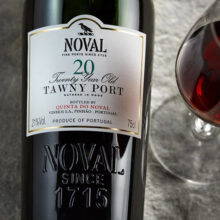
Product information
Quinta do Noval 20 Year Old Tawny NV
Port from Portugal, Douro
$216
Description
“Gloriously fresh and completely alive, this adds an extra layer of depth and concentration of flavor to the 10 Year Old, of course, but that’s not the main attraction here. This has all of Noval’s typical grace and elegance while the complexity level is nicely above average. Then, its bright demeanor makes its fruit lifted and drives the medley of flavors home. It persists nicely, becoming something to contemplate as well as enjoy.”
Mark Squires, The Wine Advocate

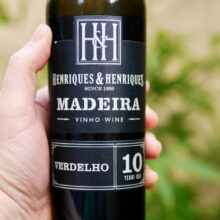
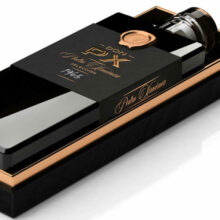
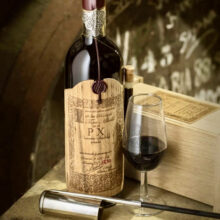
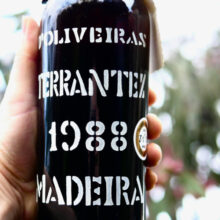
You must be logged in to post a comment.